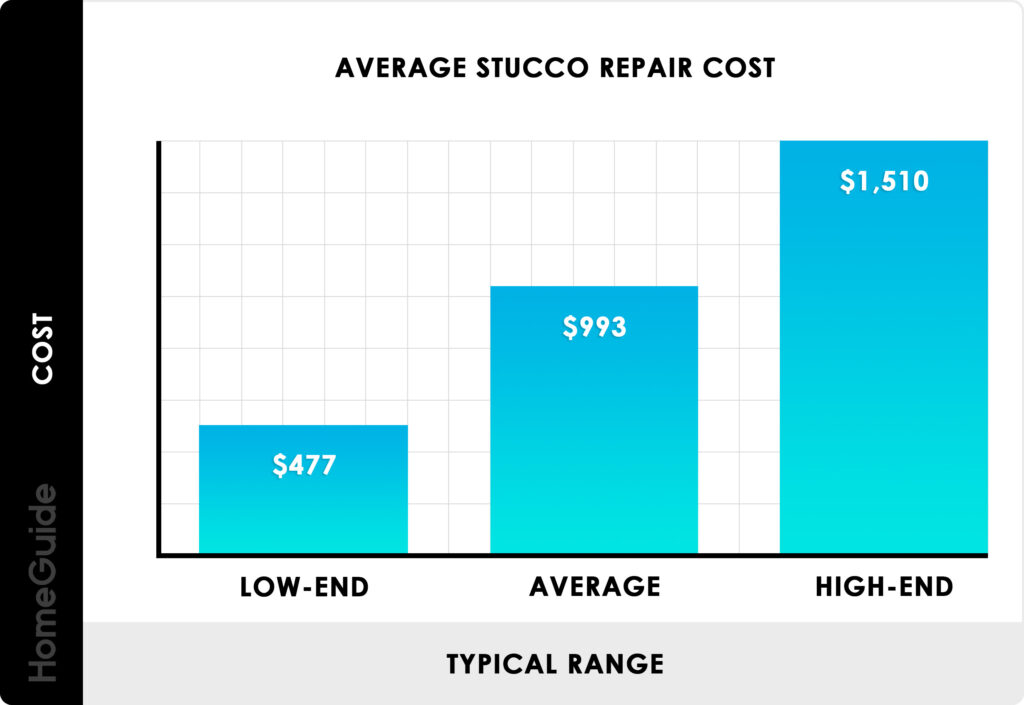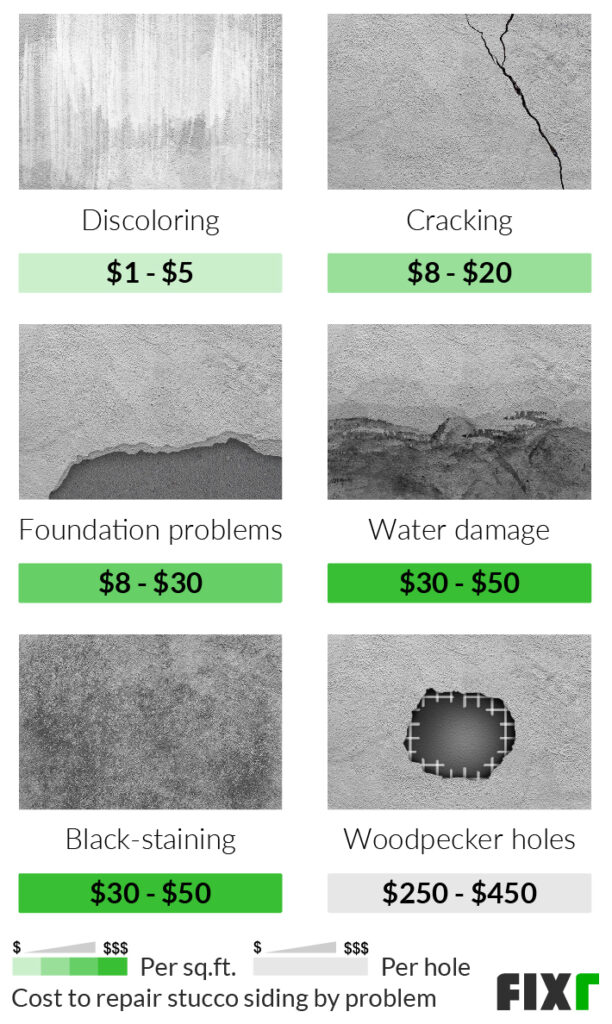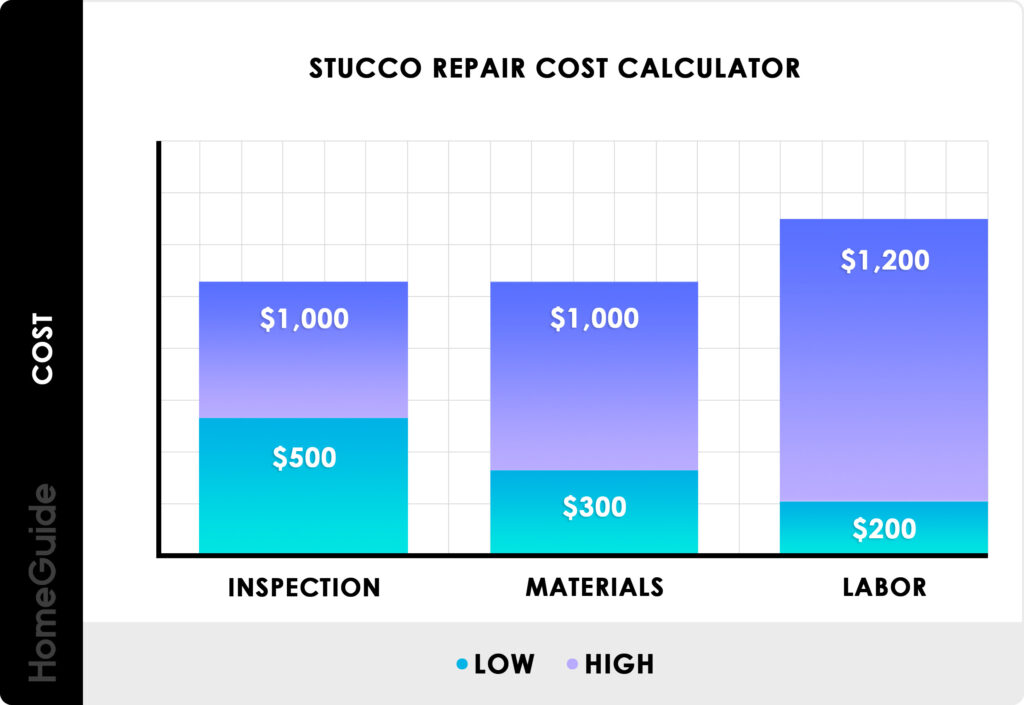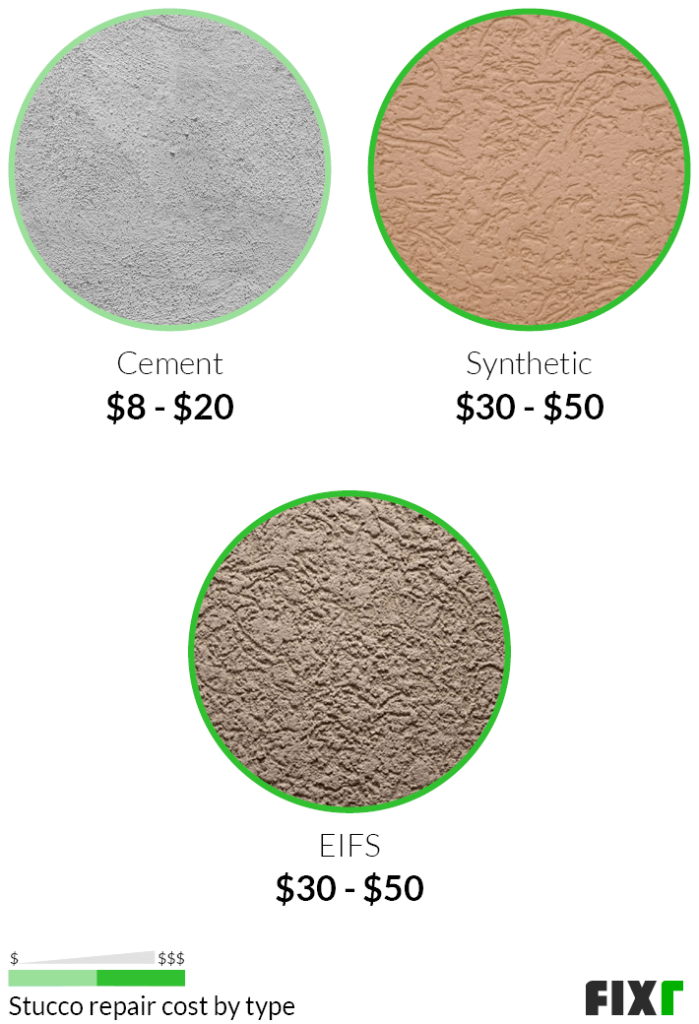Are you considering replacing the stucco on your home but unsure about the cost? In this article, we will explore the price of replacing stucco and provide you with a clear understanding of what to expect. Whether your stucco is damaged or you simply want to update the look of your house, understanding the potential expenses involved will help you make an informed decision. So, let’s get started and discover the price of replacing stucco.

Factors Affecting the Cost
Replacing stucco can be a significant investment, and there are several factors that can influence the overall cost of the project. It’s essential to understand these factors to make informed decisions and budget accordingly. Here are some key factors that can affect the cost of stucco replacement:
Size and Complexity of the Project
The size and complexity of the project play a crucial role in determining the cost of replacing stucco. Larger homes or buildings will require more materials and labor, resulting in higher costs. Additionally, projects with unique architectural designs or intricate details may require more time and effort, leading to increased expenses.
Current Condition of the Stucco
The condition of the existing stucco can also impact the cost of replacement. If the current stucco is in good condition with minimal damage, it may be possible to apply a new layer directly over it, reducing labor and material costs. However, if the existing stucco is severely damaged or has underlying issues, it may need to be completely removed, which can add to the overall cost.
Location and Accessibility
The location of your property and its accessibility can influence the cost of stucco replacement. If your property is located in a remote area or has limited access for equipment and materials, it may require additional resources and transportation costs. Similarly, if your property has multiple levels or difficult-to-reach areas, it may require specialized scaffolding or equipment, increasing the overall cost.
Labor Costs
Labor is a significant component of the overall cost of stucco replacement. The complexity of the project, including the preparation, removal, and installation of stucco, will determine the amount of labor required. Additionally, labor costs can vary depending on the region, local labor rates, and the expertise and experience of the contractors.
Material Costs
The cost of materials is another important factor to consider when replacing stucco. The type and quality of stucco materials you choose, including base coats, finishes, and additives, will impact the overall cost. It’s essential to select materials that are durable and suitable for your climate to ensure longevity and prevent future issues.
Stucco Removal Cost
Before installing new stucco, it is often necessary to remove the existing stucco. The cost of stucco removal can vary depending on several factors. Let’s explore these factors in more detail:
Labor Costs
The labor costs associated with stucco removal are influenced by the size and complexity of the project, as well as the condition and accessibility of the existing stucco. Contractors will need to spend time and effort to carefully remove the old stucco without causing damage to the underlying structure. The more labor-intensive the removal process, the higher the labor costs will be.
Equipment and Tools Rental
Stucco removal requires the use of specialized equipment and tools. Contractors may need to rent or purchase equipment such as scaffolding, power tools, and safety gear. The cost of equipment rental can add to the overall expense of stucco removal.
Disposal of Old Stucco
Proper disposal of the old stucco is an essential part of the removal process. Contractors may need to transport and dispose of the debris according to local regulations. The cost of disposing of the old stucco can vary depending on the quantity and the specific disposal methods required.
Stucco Installation Cost
Once the old stucco has been removed, the installation of new stucco can begin. The cost of stucco installation includes several factors that should be considered:
Labor Costs
Labor costs for stucco installation depend on the size and complexity of the project. Contractors will need to prepare the surface, apply appropriate layers of stucco, and finish the stucco to achieve the desired texture and appearance. The level of expertise and experience of the contractors can also impact the labor costs.
Stucco Materials
The type and quality of stucco materials you choose will affect the overall cost of installation. Different stucco finishes and textures may have varying material costs. Additionally, additives and sealants can increase the durability and longevity of the stucco but may also add to the material expenses.
Additional Expenses
In addition to labor and material costs, there may be additional expenses associated with stucco installation. These can include the cost of permits and inspections, as well as any necessary repairs or upgrades to the underlying structure. It’s important to consider these potential expenses when budgeting for a stucco replacement project.
Types of Stucco Finishes Impacting Cost
There are various types of stucco finishes available, and the choice of finish can impact the overall cost of the project. Here are three common types of stucco finishes:
Traditional Stucco
Traditional stucco, also known as cement-based stucco or hard-coat stucco, is a popular choice for its durability and aesthetic appeal. It is typically made from a mixture of cement, sand, and lime. Traditional stucco finishes may require more labor and materials, resulting in higher costs compared to some other options.
Synthetic Stucco
Synthetic stucco, also known as Exterior Insulation and Finish System (EIFS), is a modern alternative to traditional stucco. It consists of a foam insulation board covered with a base coat and a textured finish coat. Synthetic stucco can provide excellent insulation and moisture resistance. However, it may have higher material costs and require specific installation techniques, which can impact the overall cost.
Exterior Insulation and Finish System (EIFS)
EIFS, also known as synthetic stucco, is a popular choice for its energy efficiency and versatility. It consists of multiple layers, including foam insulation, adhesive, base coat, mesh, and finish coat. EIFS can be customized to achieve various textures and finishes, but the complexity of the installation process can result in higher labor and material costs.

Average Cost of Replacing Stucco
The cost of replacing stucco can vary widely depending on the factors mentioned earlier. To provide a general idea, let’s explore two common ways of estimating the cost: cost per square foot and total cost for a typical home.
Cost per Square Foot
A common method used to estimate the cost of replacing stucco is to calculate the cost per square foot. The average cost per square foot can range from $6 to $9, depending on various factors such as location, project complexity, and material quality. However, it’s important to note that this is just an estimate, and the actual cost may differ based on specific project requirements.
Total Cost for a Typical Home
To get a better understanding of the total cost of stucco replacement, it can be helpful to consider the average cost for a typical home. For a single-family home with approximately 2,500 square feet of exterior surface area, the cost of replacing stucco can range from $15,000 to $22,500. This estimate includes labor, materials, and additional expenses. However, it’s crucial to obtain detailed quotes from contractors to accurately assess the cost for your specific project.
Additional Cost Factors to Consider
In addition to the main factors affecting the cost of stucco replacement, there are a few other cost factors that should be considered:
Repairs and Remediation Work
If the underlying structure or the sheathing beneath the existing stucco requires repairs or remediation, these additional costs should be factored into the overall budget. It’s important to assess the condition of the underlying structure before proceeding with stucco replacement to avoid any surprises during the project.
Trim and Molding Installation
Replacing stucco provides an excellent opportunity to update or install new trim and moldings. However, the cost of trim and molding installation should be accounted for separately from the stucco replacement cost. The type of trim and molding materials, as well as the complexity of the design, can influence the overall cost.
Window Replacements
If you plan to replace windows along with the stucco, this can impact the overall cost as well. Window replacement costs will depend on the number of windows, their size, and the type of materials chosen. It’s essential to consider window replacements as a separate cost factor.

Comparing DIY vs Hiring a Professional
When considering stucco replacement, you may be tempted to tackle the project as a do-it-yourself (DIY) endeavor. While DIY projects can offer cost savings, it’s crucial to weigh the pros and cons before making a decision. Here’s a comparison of DIY stucco replacement versus hiring a professional contractor:
Pros and Cons of DIY Stucco Replacement
One advantage of DIY stucco replacement is the potential cost savings. By eliminating labor costs, you may be able to save a significant amount of money. Additionally, DIY projects allow for a hands-on approach and a sense of accomplishment.
However, DIY stucco replacement can be time-consuming, labor-intensive, and require specialized skills and knowledge. Improper installation can lead to long-term issues and costly repairs. It’s important to assess your own capabilities and consider the potential risks before deciding on a DIY approach.
Benefits of Hiring a Professional Contractor
Hiring a professional contractor for stucco replacement offers several advantages. Experienced contractors have the necessary skills, expertise, and tools to complete the project efficiently and effectively. They can ensure proper preparation, installation, and finishing, resulting in a high-quality and durable stucco finish.
Professional contractors also provide warranties and guarantees on their work, giving you peace of mind in case any issues arise in the future. Additionally, reputable contractors have the required licenses, insurance, and permits, ensuring compliance with local regulations.
Tips for Saving Money on Stucco Replacement
While stucco replacement can be a significant investment, there are several ways to save money without compromising on quality. Consider the following tips to help reduce costs:
Get Multiple Quotes
Obtain quotes from multiple contractors to compare prices, services, and timelines. This will give you a better understanding of the average cost in your area and allow you to select the best option that fits your budget and requirements.
Consider Off-Season Discounts
Some contractors may offer off-season discounts or promotions, especially during the slower months. By scheduling your stucco replacement during these periods, you may be able to take advantage of reduced prices.
Reuse Salvageable Materials
If the existing stucco is in relatively good condition, consider reusing salvageable materials for the new installation. This can help in reducing material costs and minimizing waste. Discuss this option with your contractor to determine if it’s feasible for your project.

Frequently Asked Questions
How long does stucco replacement take?
The duration of stucco replacement can vary depending on the size and complexity of the project. On average, stucco replacement can take anywhere from a few days to a few weeks. Factors such as weather conditions, project scope, and contractor availability can affect the overall timeline.
Is stucco replacement covered by insurance?
In some cases, stucco replacement may be covered by homeowners’ insurance, especially if the existing stucco has been damaged due to a covered peril, such as a severe storm or water intrusion. It’s important to review your insurance policy and consult with your insurance provider to understand the specific coverage and requirements.
What are the signs that stucco needs replacement?
Several signs may indicate the need for stucco replacement. These include visible cracks, crumbling or chipping stucco, water stains or moisture intrusion, and mold or mildew growth. If you notice any of these signs, it’s advisable to consult with a professional contractor to assess the condition and recommend appropriate steps.
Conclusion
Replacing stucco is a significant investment, but understanding the factors that influence the cost can help you plan and budget effectively. Factors such as project size, stucco condition, location, labor costs, and material costs all play a role in determining the overall expense. Additionally, considering the type of stucco finish, average costs, additional expenses, and whether to go for a DIY approach or hire a professional contractor are crucial decisions to make.
Remember to obtain detailed quotes from reputable contractors, consider the long-term benefits and potential savings, and don’t hesitate to ask questions if you’re unsure about any aspect of the stucco replacement process. By taking these factors into account and making informed decisions, you can successfully replace your stucco and enjoy a beautiful and durable exterior for years to come.


